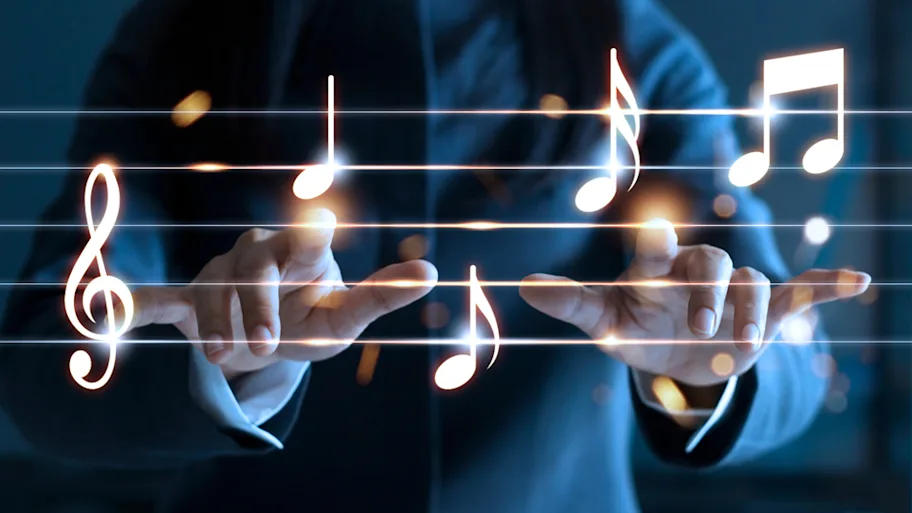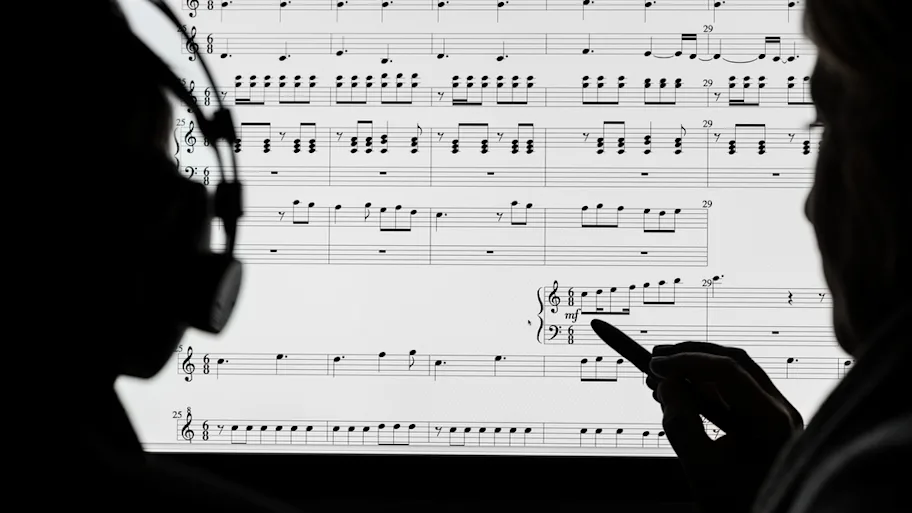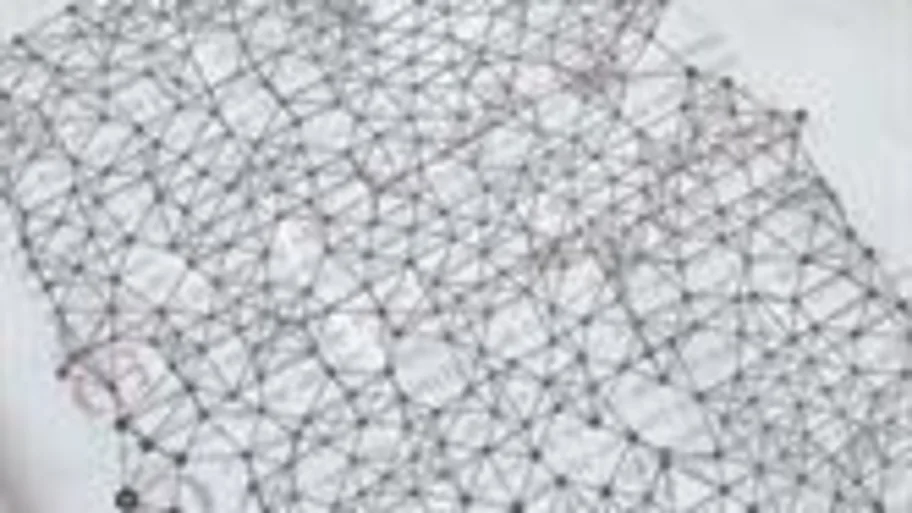
- Science news
- Humanities
- Digital Musicology innovator still breaking ground 30 years later
Digital Musicology innovator still breaking ground 30 years later
By Michelle Ponto, science writer
For nearly 30 years, Eleanor Selfridge-Field has been working in the field of Digital Musicology. She’s currently a Consulting Professor of Music and Symbolic Systems at Stanford in California and an Associate Editor for the Digital Musicology section of Frontiers in Digital Humanities. But the journey into her amazing career was one of serendipity.
“I was a conventional musicologist; that is a historical musicologist. We came to Silicon Valley because my husband’s work in physics was here. We met at Oxford and were raising a family at the time. When I was ready to go back to work, I realized there weren’t many jobs in my field. I looked around and the course of least resistance was to learn something about computing,” said Selfridge-Field.
Selfridge-Field makes the transition sound easy, but finding a field that combined her love of music and musical history with her newly learned computer skills at a time when computers were still novelty was a challenge. Desktop computing had not arrived by the 1980s, although it was just over the horizon. Anything “digital” was relatively new and the idea of digital musicology was barely a concept. She says her big break came in 1984.
“I was looking at specialty applications and was extremely fortunate to turn up a really big challenge working with the son of a well-known Silicon Valley pioneer. My peer had an advanced degree in music, two degrees in engineering and one in physics. He wanted to conduct some serious research on encoding musical repertoires with the goal of being able to print them, search them and re-purpose the data,” she said. “That was a tall order for those days.”
Forging a path in digital musicology
Industry had no interest in arcane academic fields. In text applications ASCII text was emerging as a standard, but for encoding music there were no standards, nor much collective experience. At the time, encoding music was groundbreaking in the field and few had interest in digital musicology. Music historians were conducting research the traditional way (by picking an argument and selecting a text to support it), but because Selfridge-Field was living in Silicon Valley, she was aware of what was going on in both academe and industry.
She crossed paths with people working in computing who were also interested in music, but pursuing research about music using a computer was not within their job mandates. “There were lots of people interested in electronic composition. There were engineers working with hardware tools to control music and generate new music. But my interests were in the same kinds of topics that music historians study — which is to say differences in musical style between one composer and another, concepts in music theory, and determining what’s inside music and finding out how to take it apart,” she said.
A true innovator, Selfridge-Field, her professional peer, and a few recent students willing to do musical data entry started a small research center that wasn’t affiliated with any university. “We contacted other people who had done similar research in the mainframe era because that’s what the legacy was,” she said.
Most of the people who joined them had left academia to work as programmers and consultants in industry, but they all retained their fundamental interest in music, and had an interest in being able to control music at some level and learning things you couldn’t learn with a pencil and paper or by reading books. Selfridge-Field says she was there at the right time. The dawn of personal computing created a fundamental shift in scholars’ assessments of what they could do with computers.
The mainframes and terminals that had been in use in the 60s and 70s could fill entire rooms. They processed slowly and were not accessible to humanities scholars or those from disciplines outside the computer realm. “I remember in 1977, somebody from the Stanford linguistics department was giving a talk on how to insert diacritical marks into texts in French, German and Italian. I went to that talk to find out how I might be able to benefit from this great breakthrough in technology to use in a forthcoming book. I discovered it would cost me $700 a month to plug into the system. Nobody was going to do that in humanities because humanities faculties usually don’t have much excess funding lying around for that sort of thing,” she said.
But personal computing changed that. In 1985, the first MIDI-enabled (musical instrument digital interface) keyboard was released. This was still musical hardware, but because the keys had specific numbers and were connected to clocks that timed how long each one was pressed (“on) and lifted up (“off”), one could capture precise information about the music played on them. There wasn’t software to collect that information until 1988 – when a MIDI file format came onto the market.
Experimentation and Research
While MIDI enabled a lot of casual experimentation and was widely used by musicians, there were and remain limitations. Manufacturers tried to carve up the market into many fiefdoms. If one supported foot pedals, another would be sure to exclude them. Data created with the help of MIDI tended to be locked in silos. The internet was not available until the late 90s. Copyright questions concerning the distribution of musical data were and remain ambiguous.
Nonetheless, digital musicology was beginning to find its way, and so had Selfridge-Field’s research in the field. Over the last 25 years, she has been specializing in symbolic data. Symbolic data can represent sound or printed notation or analytical concepts. It can also represent the lyrics for music, and it can represent gestures – what you do with your hands or your feet.
The last few decades were also years of experimentation and discovery. “Apart from the technical background, what was very important about the work done in that era is that people had to think hard about what they were doing because computer resources were far more limited than they are today. They had to think about what were the properties of music, which were the salient properties for particular applications, which were the things we would really need to know about, if you want to pursue this question or that question,” she said.
Selfridge-Field says even now she goes back to some of that literature and wonders if over the last 15 or 20 years certain problems have been solved. A frequent dilemma has been when to encode for a broad spectrum of users and when to tailor a code for one application. The first comes at the cost of greater time, but the second produces results quickly. However, a user with a slightly different question may have to start from scratch. Over the long term that can be very costly. “I’m grateful that I have the grounding in the early years,” she said.
However, new technology does have its benefits in the area of digital musicology. One field that has proved fruitful over the last 10 years has been the use of new tools for visualization of musical structure. These tools allow you to see what’s inside a musical composition, how a composition is put together, how similarity and difference are articulated in different kinds of music, and see what lies ahead in a cursor-controlled, color-coded representation.
“These experimental areas could not have been explored a generation ago,” she said.
Meshing Music, Computer Science and Research
At Stanford, Selfridge-Field manages the Center for Computer Assisted Research in the Humanities (CCARH). Her work involves developing open-source repositories of musical scores with an emphasis on classical music of past centuries. She also teaches an interdisciplinary program that generally has a mix of students from music and computer science. “When I first started out, you could be a music person or a computer person. But you couldn’t be both. But these days you have students entering college where they want to be (or already are) both,” she said.
Nowadays there is more recognition in the crossover between humanities and technical disciplines than there was in the past, but there are still some regulations for curriculum and individual student programs that don’t allow for crossing boundaries. For example, at Stanford music is under Humanities and Social Sciences, but computing is under the School of Engineering.
In addition to teaching, Selfridge-Field still maintains multiple research projects. She continues to conduct historical research on music, plus now she also does technology research, which has led her to her current interest in international music copyright.
It’s not the cases of popular music that hit the courts that interest her. What she finds interesting are the unanswered questions that directly affect the field of digital musicology. “If it’s Dolly the Sheep and it’s DNA, then it’s covered by patent law. We have processes in music that are so similar to what Dolly represents in DNA research, that even though it doesn’t have social and economic impact, at an intellectual level, some of the questions are very similar,” she said. “If you encode a piece of music but leave out some features and add others, so it’s different from what the composer wrote….do you have any element of authorship from whatever results from that?”
Selfridge-Field feels that eventually the treatment of music with digital foundations — especially electronic music materials — will have to be dealt with under copyright law in some way. It’s an issue that’s not going away. New ways of composing are being created every day.
The Future of Digital Musicology
Intellectually, digital musicology is an exciting field and there is no end to where it will go. Selfridge-Field was one of the researchers to get into the field when it was just beginning – and that wasn’t that long ago. Even she admits they are still in very early days and the good news for those starting out is that there is no end to what people can learn.
“With digital musicology, it depends on what you are looking at. It isn’t what it is; it’s what you can do with it. I’ve worked in music history where you can read books, you can gather information from manuscripts and early music and try to transcribe it and interpret it. You can write articles and books, and so on – but the opportunities are limited,” she said. “One of the first things I learned about everything digital was that the fields were welcoming and friendly. People were happy because there were lots of opportunities. There were intellectual opportunities but there were also professional opportunities. That has never changed over all these years.”
RELATED POSTS:






